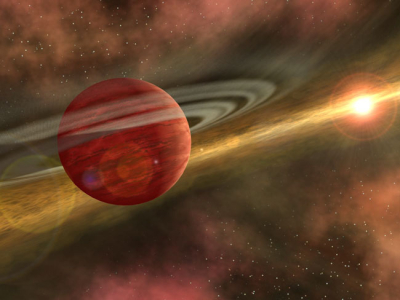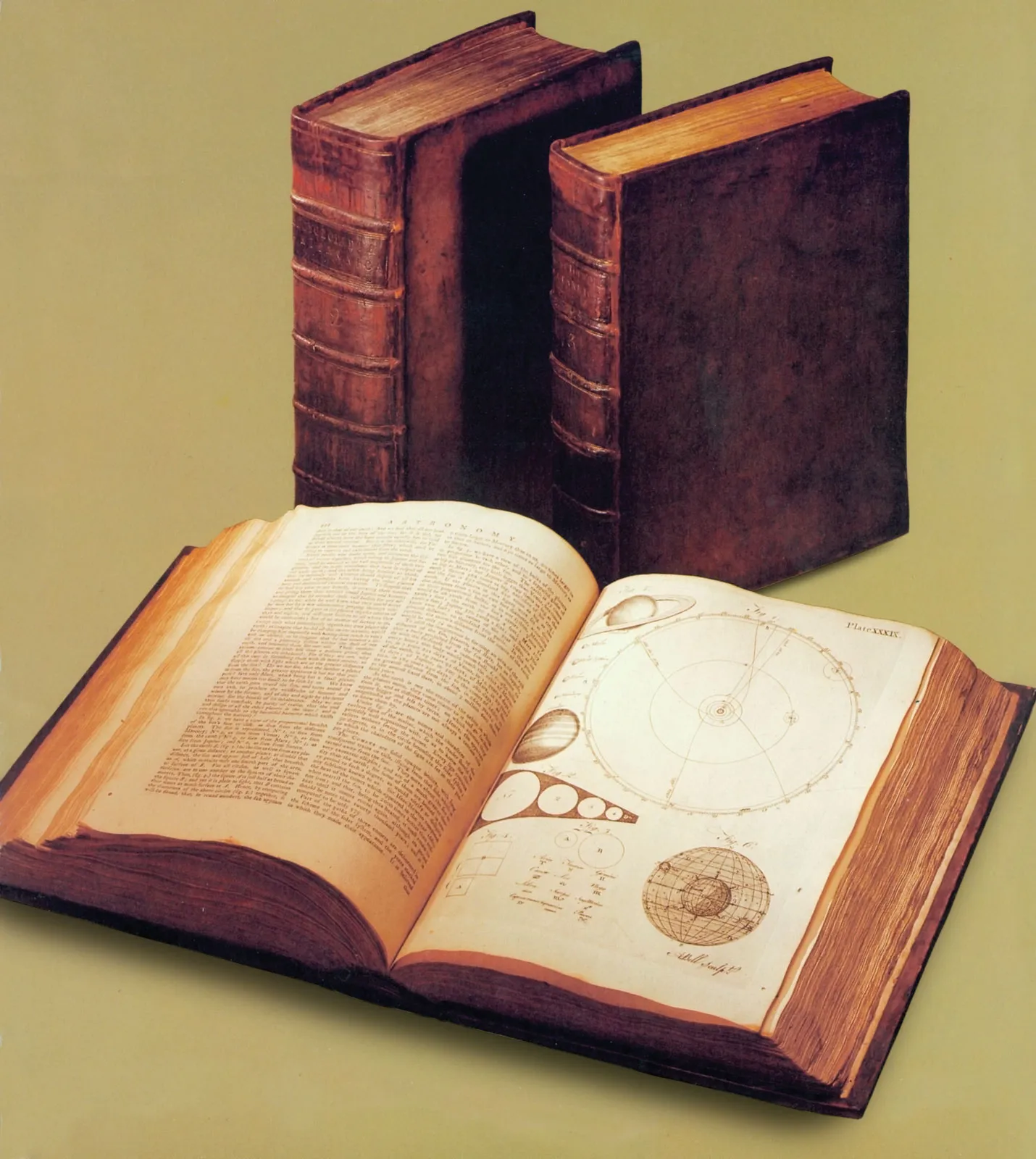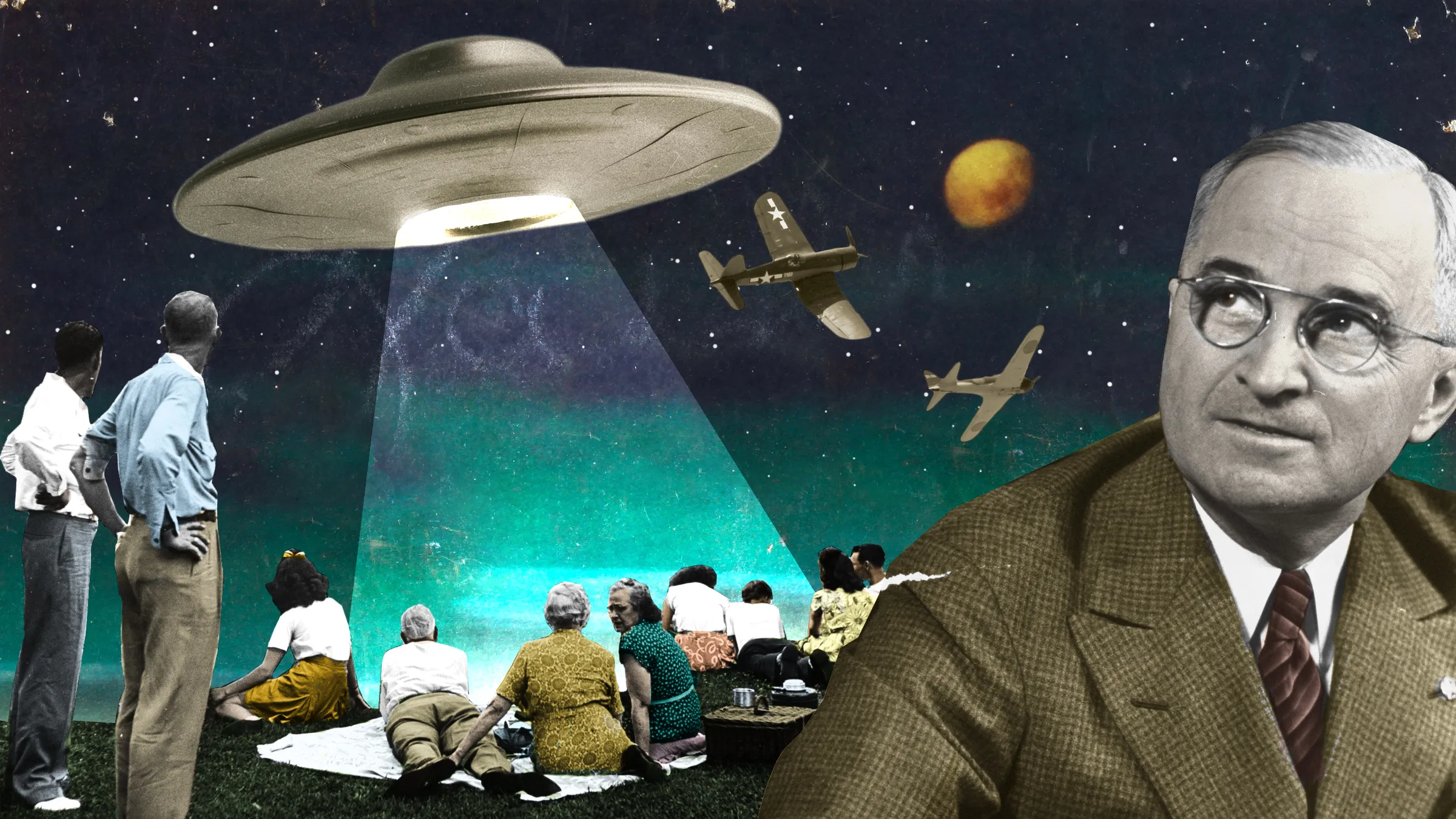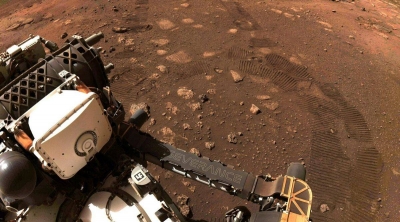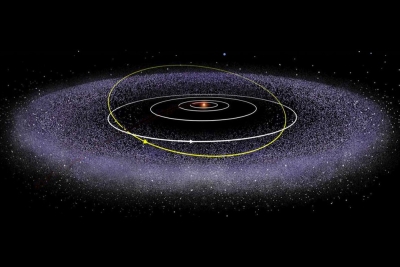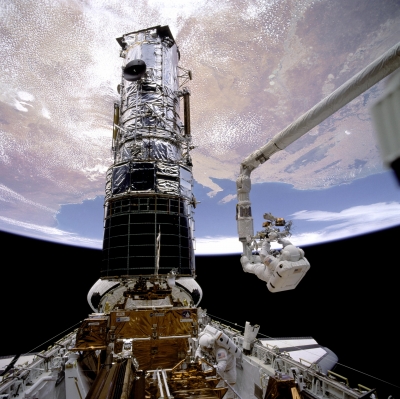India’s first graphic novel is back in print!
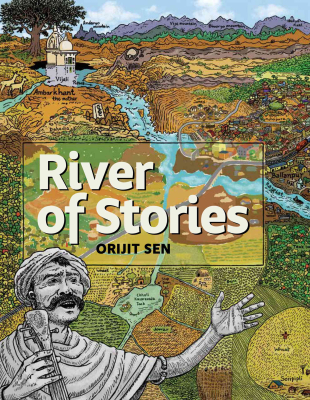
Between 1991 and 1994, Indian graphic artist Orijit Sen drew inspiration from influential works like Art Spiegelman's ‘Maus’ and Keiji Nakazawa's ‘Barefoot Gen’ to create India's groundbreaking first graphic novel, River of Stories. This timeless work serves as a poignant critique of India's idea of development and political practices. It revolves around the fictional Rewa Andolan, closely mirroring the real-life Narmada Bachao Andolan (NBA), a people's movement fighting against the displacement caused by the construction of the Sardar Sarovar Dam. Illustrated entirely by hand, the graphic novel delves into a decades-long struggle raising pertinent questions about the notion of development. Though the dam was eventually built, the movement's core concerns, such as "development for, whom?" remain deeply relevant today.
Originally published in 1994 and later going out of print, a new edition of this powerful work was released by Blaft Publications in 2022, featuring a foreword by Indian author Arundhati Roy.
River of Stories
This hand-illustrated novel span 62 pages and intricately weaves together two distinct narratives. One revolves around Vishnu, a spirited journalist from Delhi, who embarks on a journey to the valley, documenting the protests of the Rewa Andolan. The other narrative draws upon the rich mythologies of the Adivasis, painting the enchanting tale of Malgu Gayan, a singer whose melodic tunes bring to life the ancient origins of the river.
The new edition
In this new edition, Orijit Sen acknowledges the significant changes that have occurred since he originally penned the graphic novel. The Narmada Bachao Andolan has progressed, and the landscape has evolved. Sen had contemplated creating an illustrated preface. The purpose was to contextualise the scenario of the early '90s and highlight the changes that have occurred in the Narmada Valley since then.
Additionally, he wanted to shed light on the broader situation of Adivasi and indigenous communities in the present time. However, despite having this idea, Sen had never acted upon it. It was Sen's daughter who ultimately convinced him to reprint the book. "She reminded me to see it for what it is: River of Stories might be the first Indian graphic novel, but more importantly, it is almost a historical document that represents a crucial moment in time in the Narmada Andolan," he says.
Picture Credit : Google

